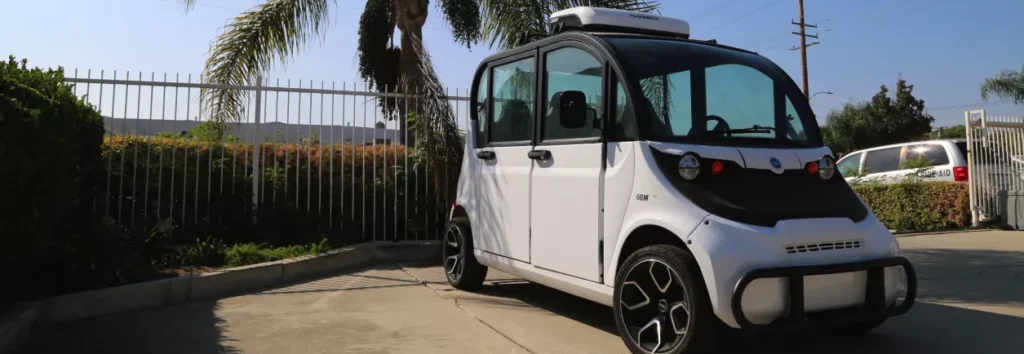
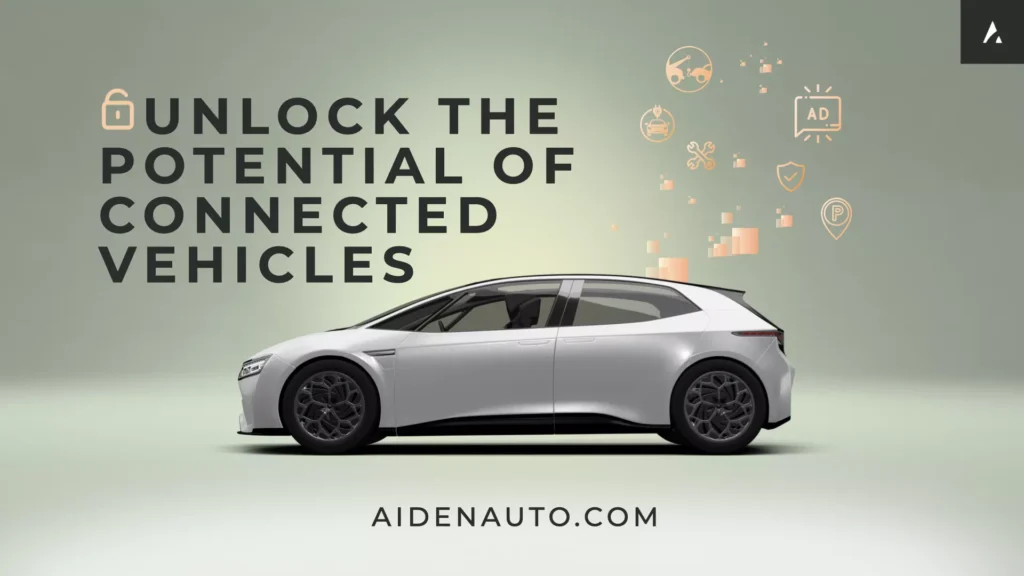
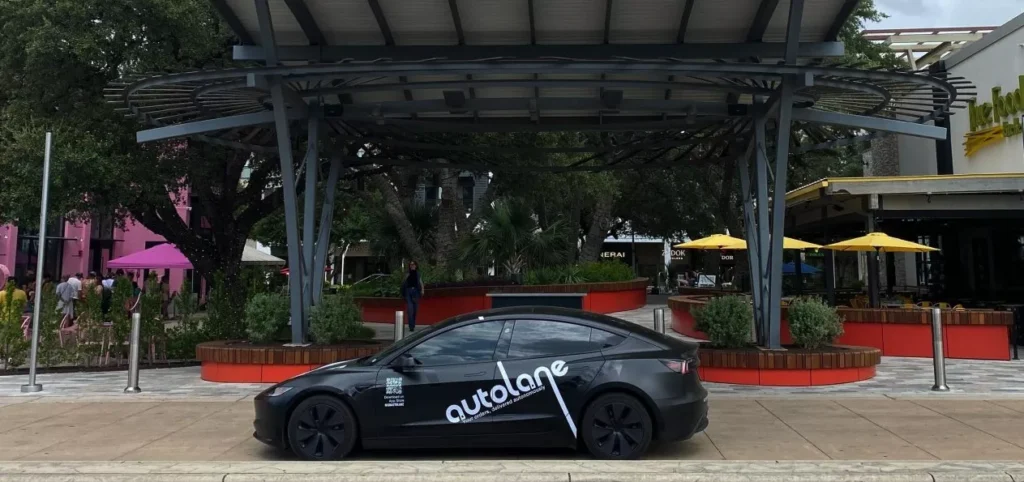
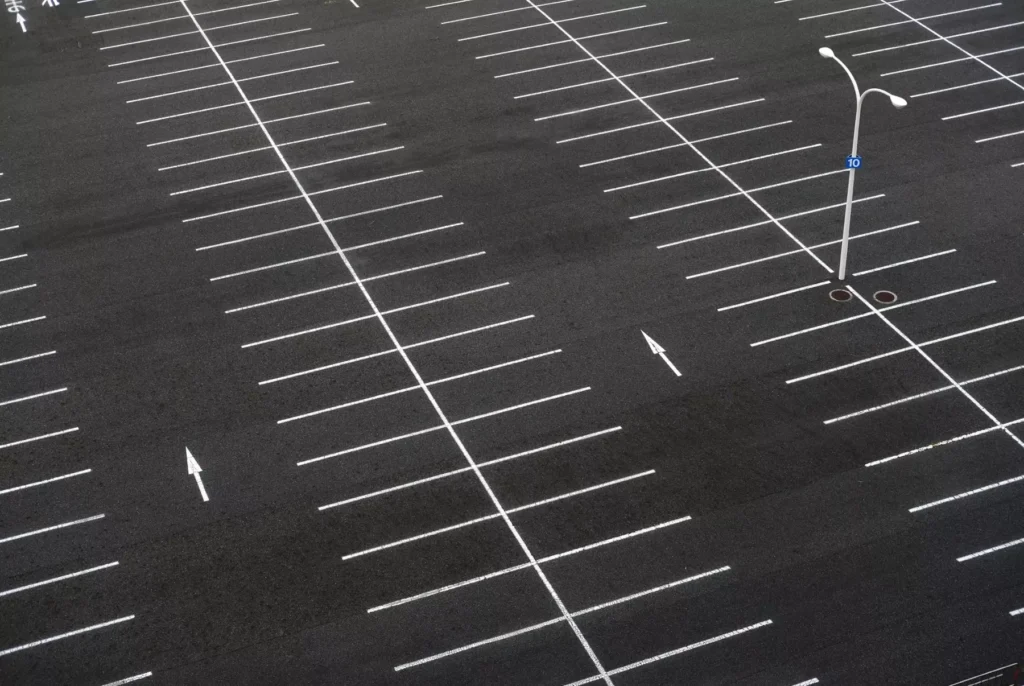


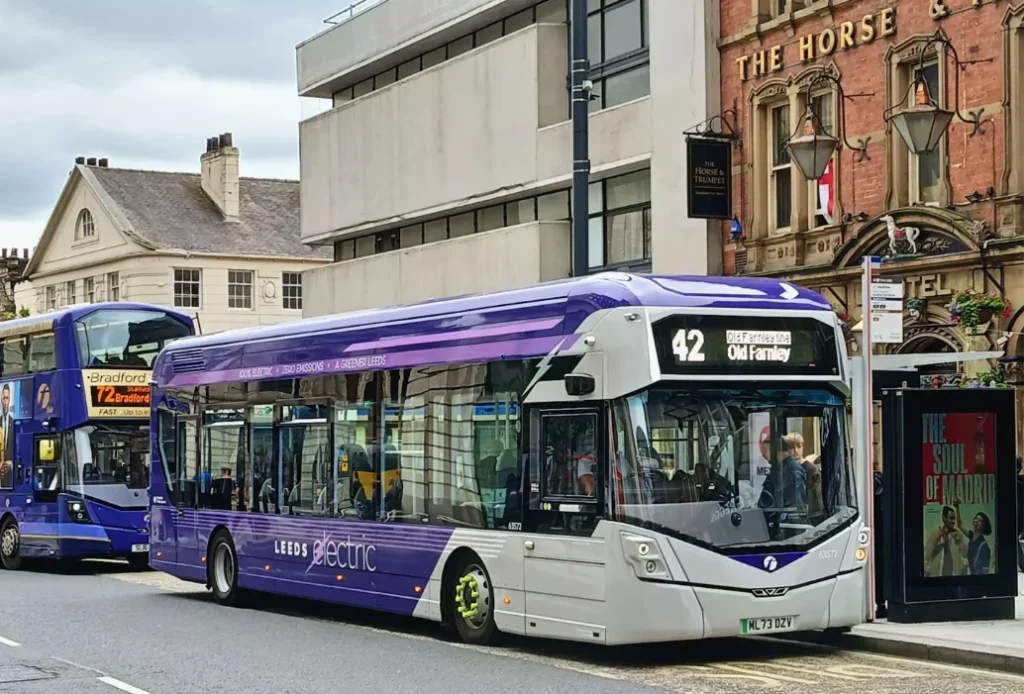







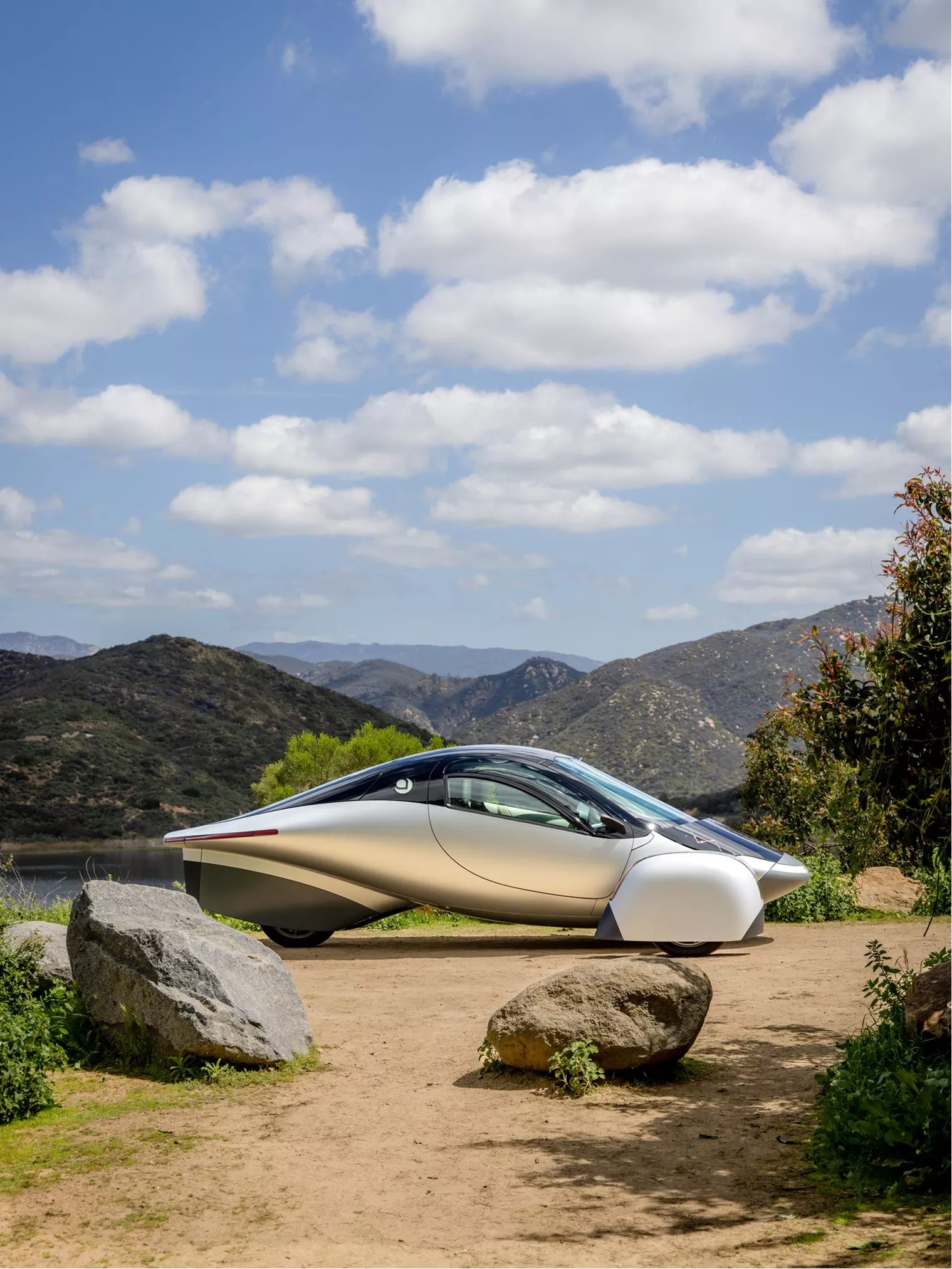
From EVs and batteries to autonomous vehicles and urban transport, we cover what actually matters. Delivered to your inbox weekly.

Imagine your electric vehicle not just as transportation, but as a mobile power bank, feeding energy back to your home or even the grid. Sounds futuristic? It’s happening right now.
Vehicle-to-Grid (V2G) technology is turning EVs into powerful energy storage units, helping balance electricity grids, powering homes during blackouts, and even putting cash back into owners’ pockets.
From California’s electric school buses stabilizing the grid, to cities in the Netherlands using EVs as mobile power plants, V2G is moving rapidly from niche experiment to mainstream reality.
But with automakers scrambling to integrate this tech and infrastructure racing to catch up, is the world really ready to embrace vehicles as part of our energy ecosystem? And what does this mean for your next EV?
Let’s plug into the V2G revolution and see how soon your car might start powering more than just your commute.
Batteries are the beating heart of the electric revolution. but what happens when they start to fade?
Enter NOWOS , a Netherlands-based startup pioneering a circular approach to battery life. Instead of scrapping used or damaged lithium-ion batteries, NOWOS repairs, refurbishes, and repurposes them — keeping critical materials in use and out of landfills.
With a 92% repair success rate and clients across Europe, NOWOS is proving that battery longevity is both a sustainability win and a business model. Learn more about NOWOS here!
V2G technology promises to make EVs mobile power banks. But how did we get here — and what’s next?
🚨 Big Question → Will V2G transform EVs into crucial elements of our power grid, or will regulatory and infrastructure barriers slow the momentum?
⚡ Ford Expands V2H Tech to More EVs
Ford announced it will expand vehicle-to-home (V2H) backup power capabilities beyond the F-150 Lightning. Starting in 2025, all next-gen EVs on Ford’s new platform will support bidirectional charging, positioning Ford ahead of most legacy automakers in integrating EVs into the broader energy ecosystem. (Ford)
💥 Tesla Slashes Prices Again as Demand Slows
Tesla cut Model Y prices by $2,000 in the U.S., bringing the base price to $44,990 before incentives. With the federal tax credit, buyers can now get it for under $38K — the latest move to maintain demand amid growing competition from BYD and others. (Forbes)
🚌 Electric School Buses Go Grid-Positive in Virginia
Over 50 electric school buses in Fairfax County, VA are now sending power back to the grid during peak hours. The Dominion Energy partnership represents one of the largest V2G deployments in the U.S., helping schools save money and support grid resilience. (Fairfax County Public Schools)
🇯🇵 Japan Offers Cash for V2G-Ready Chargers
Japan is offering to cover up to 50% of installation costs for V2G-capable chargers at homes and businesses. This is part of Japan’s broader plan to integrate EVs into its energy resilience strategy and reduce grid stress during peak demand. (Japanese Ministry of Economy)
🔄 China Goes Big on V2G with 30-City Rollout
The government has kicked off 30 V2G pilot projects across major cities including Beijing, Shanghai, Shenzhen, and Guangzhou, aiming to tap EVs as flexible energy assets for the grid. Under the oversight of the National Development and Reform Commission (NDRC), the plan is to turn EVs into mobile batteries that can discharge energy back to the grid during peak hours — helping balance load and reduce reliance on fossil peaker plants. (Reuters)
The tech works. The use cases are proven. And yet, most EVs still just… sit there, plugged in, doing nothing. So why hasn’t Vehicle-to-Grid broken through?
Let’s bust the biggest myths and friction points.
🚫 Reality: Not anymore. Early fears about battery degradation have largely been debunked. Controlled V2G cycling — especially shallow, partial discharges — has minimal impact on battery health. Studies in Germany, the UK, and the U.S. show that V2G-active vehicles meet battery longevity targets. Plus, solid-state and LFP chemistries are making this concern obsolete.
⚠️ Reality: The hardware exists — it just isn’t widely deployed. Bidirectional chargers from Wallbox, Fermata, and Indra are on the market now. The problem? High upfront costs ($3K–$5K) and limited availability. But that’s changing fast with UL-certified models, new utility partnerships, and automakers like Hyundai, Ford, and GM baking V2H into their next-gen EVs.
💰 Reality: In the right markets, there is. In California, EV owners in pilot programs are earning up to $2,000 per summer feeding energy back to the grid. In the UK, drivers in Octopus and OVO trials earned £300–£400/year just for exporting during peak demand. These are early signs of what a V2G energy economy could look like.
🤔 Reality: It’s not uniform — but it’s happening. States like Maryland and countries like Japan and the Netherlands are building interconnection standards and smart grid platforms to onboard EVs as grid resources. Aggregators like Nuvve and The Mobility House are already proving it can scale. But in many regions, policy still lags behind the tech.
🚨 Bottom Line — V2G isn’t stalled by science. It’s stuck in policy limbo, market inertia, and public awareness gaps. But as more automakers go bidirectional by default and energy prices stay volatile, parked EVs might become the most underrated power source of the decade.
🚨 We’re entering an era where your car becomes a power source, a revenue stream, and a node in the energy grid.
With V2G and V2H, your EV could:
Sounds great. So why isn’t everyone doing it?
Because V2G is stuck in a strange place:
The tech is ready. The benefits are clear. But adoption is crawling.
Why? Regulation. Infrastructure. Trust. Awareness.
So here’s the big question:
⚡ Will bidirectional charging become a default EV feature — or stay a niche perk for energy nerds and early adopters?
💰 Would you join a V2G program if it paid you a few hundred bucks a year?
🔋 Or would you rather protect your battery and keep it simple?
📣 Drop your take in the comments — we’re all ears.
I’d prefer it just be about commute to be honest.